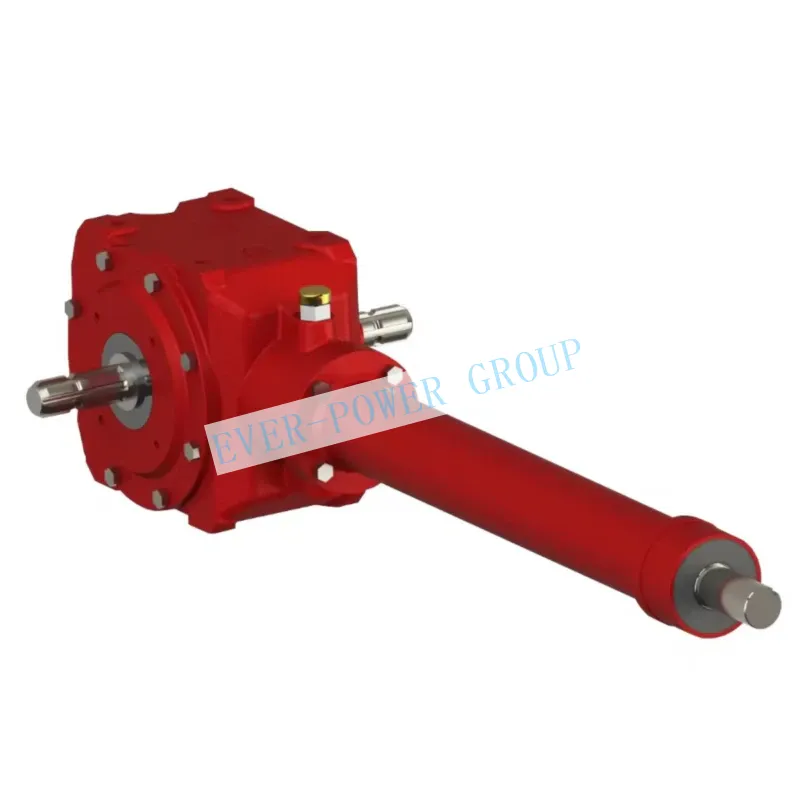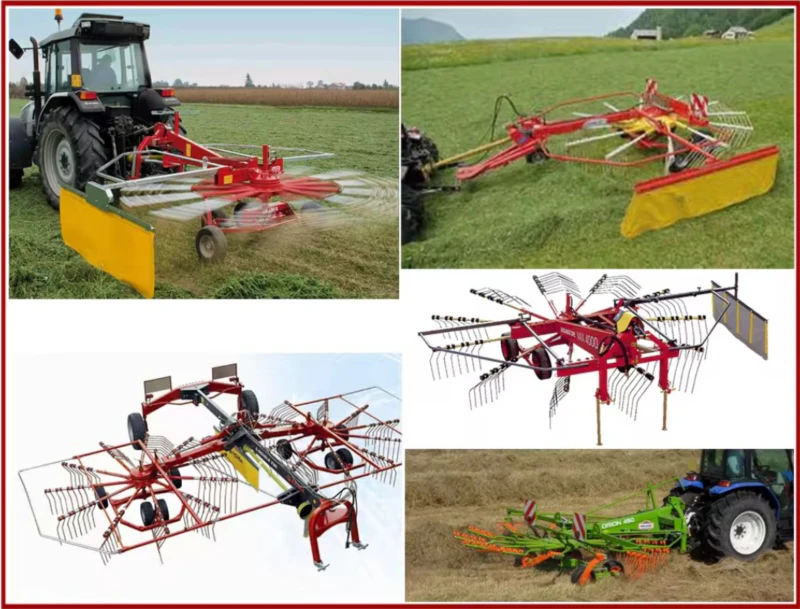Agricultural Gearbox Retrofit Advice

Introduction
In the realm of agricultural machinery, gearboxes play a crucial role in the efficient functioning of various equipment. However, as technology advances and demands change, it becomes necessary to retrofit existing gearboxes to meet these evolving requirements. In this blog post, we will provide valuable advice on agricultural gearbox retrofitting, exploring different aspects to consider during the process.
1. Understanding Retrofitting: A Comprehensive Overview
Retrofitting agricultural gearboxes involves upgrading or modifying existing systems to enhance performance, durability, and efficiency. By integrating new components and technologies, farmers and agricultural businesses can optimize their machinery to better suit their specific needs. Let’s delve into the key factors to consider during the retrofitting process.
2. Assessing Operational Requirements: Matching Gearbox Specifications
Before proceeding with a retrofit, it is essential to assess the operational requirements of the machinery in question. This involves evaluating factors such as torque, power transmission, rotational speed, and load capacity. By meticulously analyzing these specifications, farmers can ensure that the retrofitted gearbox aligns perfectly with the equipment’s needs, resulting in improved performance and longevity.
3. Selecting the Right Gear Type: Powering Agricultural Machinery
The choice of gear type is critical in agricultural gearbox retrofitting. Agricultural machinery operates in various environments and performs diverse tasks, requiring different gear configurations. Bevel gears, helical gears, spur gears, and planetary gears are among the options available. Understanding the advantages and limitations of each type will help in making an informed decision for optimal gearbox performance.
4. Lubrication and Maintenance: Prolonging Gearbox Lifespan
Proper lubrication and maintenance are vital for ensuring the longevity and smooth operation of retrofitted agricultural gearboxes. The type and quality of lubricants used, as well as regular maintenance schedules, play a significant role in preventing wear, reducing friction, and minimizing the chances of breakdowns. Regular inspections, cleaning, and lubrication are paramount to maximizing the lifespan of retrofitted gearboxes.
5. Safety Considerations: Protecting the Workforce and Equipment
When retrofitting agricultural gearboxes, safety should always be a top priority. Ensuring adequate safeguards and protective measures can prevent accidents, injuries, and damage to both the machinery and the workforce. Investing in safety mechanisms such as emergency stop systems, protective covers, and clear signage is crucial to create a secure working environment.
6. Embracing Technological Innovations: IoT and Precision Agriculture
As technology continues to advance, retrofitting agricultural gearboxes presents an opportunity to integrate cutting-edge innovations. Internet of Things (IoT) capabilities can enable real-time monitoring, remote diagnostics, and predictive maintenance. Moreover, the integration of precision agriculture technologies can optimize crop yield, minimize resource wastage, and enhance overall productivity.

Conclusion
At our company, we are at the forefront of the gearbox market in China. Our extensive range of products includes agricultural gearboxes, mower gearboxes, replacement comer gearboxes, tiller gearboxes, greenhouse motors, and more. With 300 sets of various automatic CNC production equipment and fully automated assembly facilities, we are committed to delivering high-quality products, competitive prices, and excellent service. Customization based on customer requirements is also available.
Q&A
Q1: Can I retrofit any agricultural gearbox?
A1: Retrofitting is possible for most agricultural gearboxes, but it is crucial to assess the compatibility and feasibility of the retrofitting process. Consulting with experts and conducting a thorough evaluation of the gearbox and machinery will help determine the viability of retrofitting.
Q2: How long does a retrofitting process typically take?
A2: The duration of a retrofitting process depends on various factors, such as the complexity of the retrofit, availability of components, and the expertise of the technicians involved. Simple retrofits may take a few hours, while more extensive modifications could require several days or even weeks.
Q3: What are the potential benefits of agricultural gearbox retrofitting?
A3: Agricultural gearbox retrofitting offers several advantages. It can improve machinery performance, increase energy efficiency, extend gearbox lifespan, enhance safety features, and enable integration with advanced technologies. Retrofitting also provides a cost-effective alternative to purchasing new equipment.
